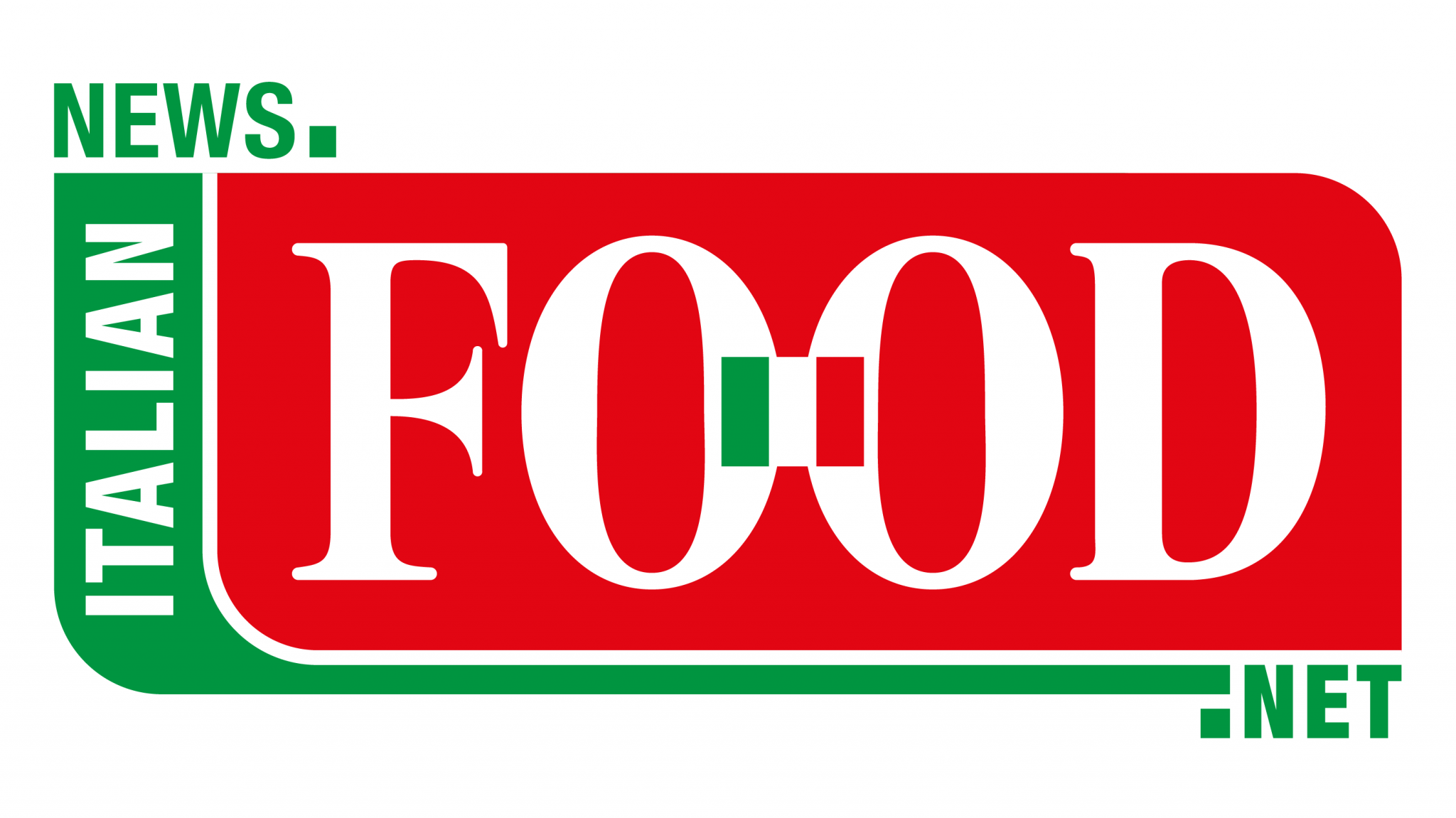
Italian olive oil is solidifying its reputation as a global benchmark for quality. Despite challenges from climate change and the sector’s natural production cycles, the industry has shown remarkable resilience, underpinned by rising value and strong export growth. The latest Ismea (Institute of Services for the Agricultural Food Market) report paints a positive picture, with the trade deficit plunging 84.3%.
EXPORTS AND REVENUE HIT RECORD HIGHS
In 2024, Italy exported 344,000 tonnes of olive oil, up 6.8% in volume. The value increase was even more striking: a 42.6% jump over 2023, topping €3.09 billion. Overall industry turnover reached €5.8 billion, securing Italy’s position as the world’s second-largest exporter with a 20% global market share, just behind Spain.
RESILIENT SECTOR DESPITE PRODUCTION DIP
Production fell 24% to 248,000 tonnes, largely due to climate pressures and the sector’s cyclical nature. Yet the industry’s widespread structure—620,000 businesses and over 4,240 active mills—helped it weather the downturn. Italy’s olive groves cover 1.1 million hectares, 24% of which are organic, and the country boasts 42 PDOs and 8 PGIs, increasingly recognised abroad.
FINANCIAL SUPPORT AND FUTURE OUTLOOK
The sector is set to benefit from targeted funding: €34.6 million per year through the CAP 2023–2027 olive oil programme, €100 million from the Next Generation EU program for mills, and €30 million to combat Xylella.
“Italian olive oil is a symbol of quality, culture, and identity,” said Ismea Director General Sergio Marchi. “International market performance confirms the sector’s ability to create value and adapt, staying rooted in local territory while confidently embracing new challenges.”
